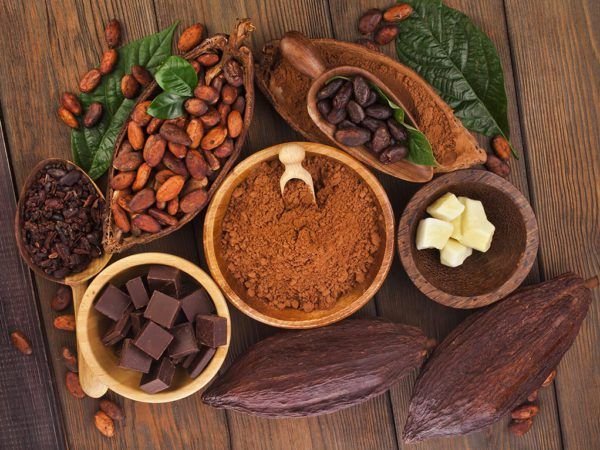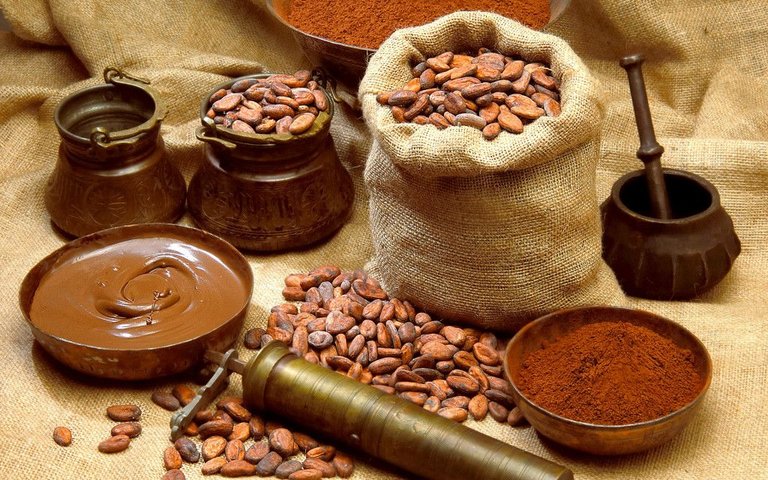
One of the fruits with more history and renown in the country is cacao. Coming from the cacao tree, it is the raw material to produce the best chocolates in the world.
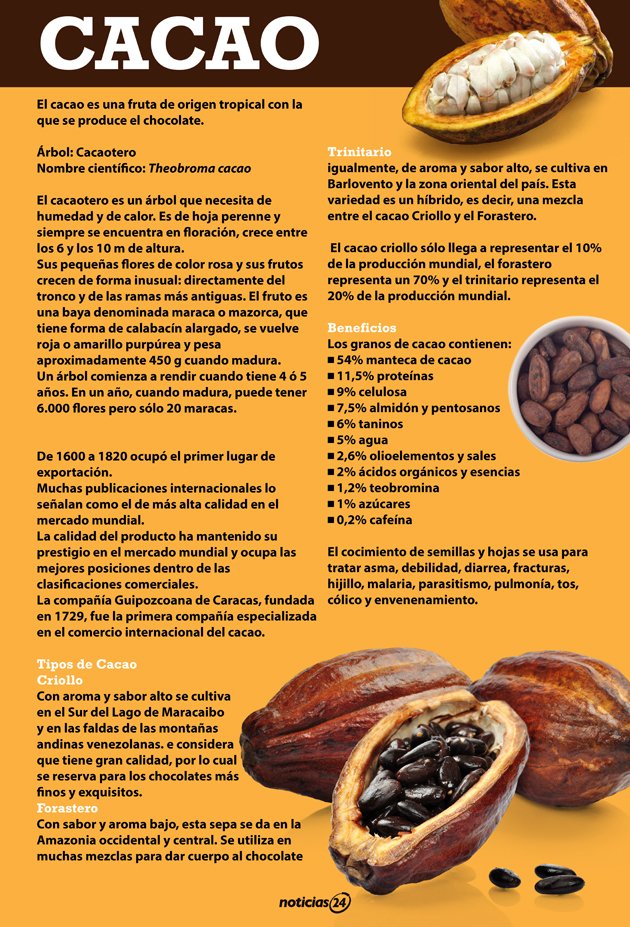
Of tropical origin it measures from six to ten meters in height. Its fruits, berries called ears of corn, grow in an unusual way: directly from the trunk and the oldest branches.
It was the main export product in the country. So much so, that the first company specializing in international trade in cocoa was the Guipozcoana company in Caracas.
The sowing, harvesting and the whole cacao production process has the sustenance of thousands of Venezuelan families for many years.
For this reason, the Foundation Our Earth hand in hand with these cacao farmers, managed to decree the National Executive to October 1 as National Cacao Day, extolling not only the fruit but all those who benefit, one or another way, of this item.
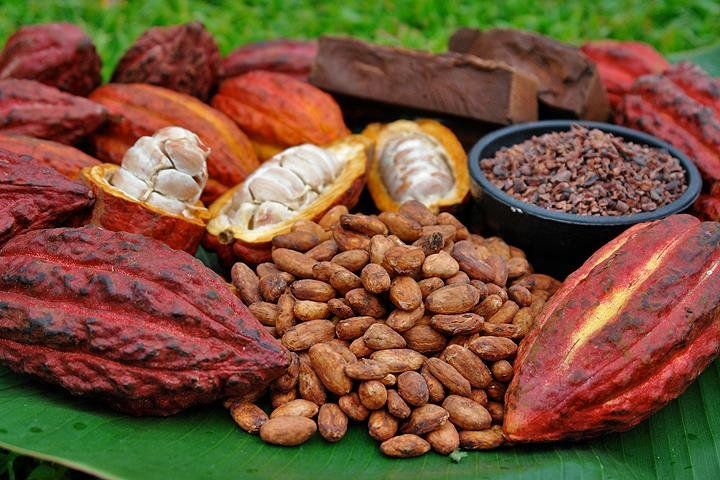
Venezuelan cacao
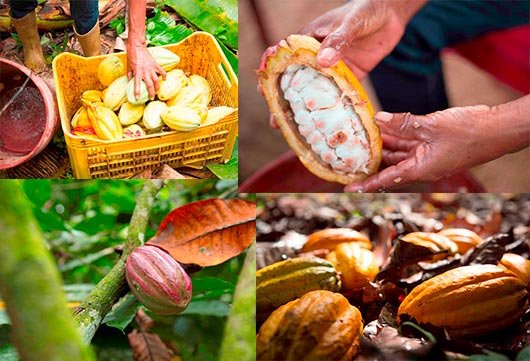
Recognized as the highest quality cocoa for the preparation of the most exquisite chocolates in the world, there are three types of them: Creole, Stranger and Trinitarian.
Criollo cocoa, has a thin and smooth shell, with low tannin content. It is considered as high quality so it is reserved for the finest chocolates. In Venezuela it occurs in the South of Lake Maracaibo and in the foothills of the Andean mountains. The tree that produces this type of cacao is very scarce and fragile, so it only represents 10% of world production.
Foreign cacao, it is the most common, it has a great presence of tannins, it has a strong and resistant skin, with a low aroma and flavor, it is usually used to give body to chocolate. In the country it is cultivated in the western and central Amazon.
Trinitario cacao, is a hybrid of the Creole and foreign cocoas, has a fine aroma and flavor with a great resistance. It is cultivated in Barlovento and in the eastern zone.
Although, these are the three main varieties, using the genetic map of cacao, research indicates that there are at least 10 main cacao families.
Excellent for health
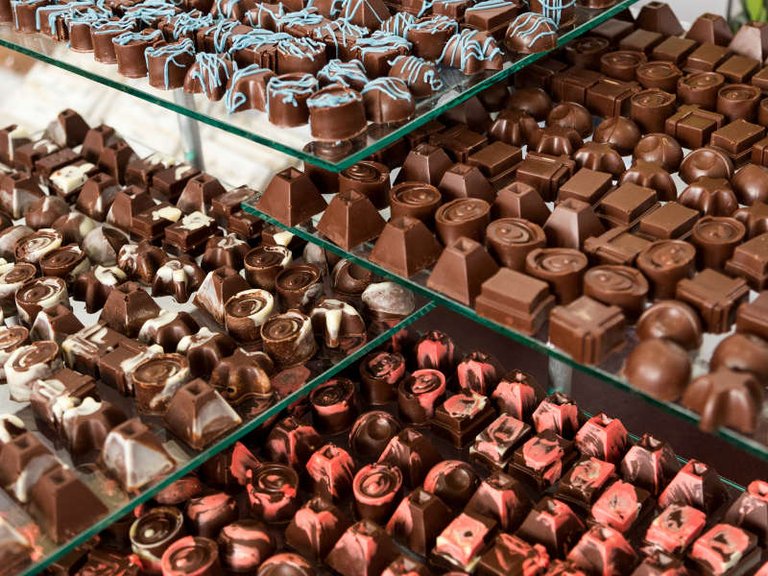
Cacao has many important substances for the human body. Its stimulant effect is due to theobromine that produces an increase in serotonin and dopamine.
Norman Hollenberg, a professor at Harvard Medical School, conducted a study in which he showed that epicatechin could reduce the risk of the four most common diseases in Western countries (stroke, heart attack, cancer and diabetes) unless 10%
In the same way, many grandmothers assure that the cooking of seeds and leaves is used to treat asthma, weakness, diarrhea, fractures, malaria, parasitism, pneumonia, cough, colic and poisoning.
Likewise, the oil from the seeds is used to treat wounds, rashes, burns, skin conditions and even toothache.
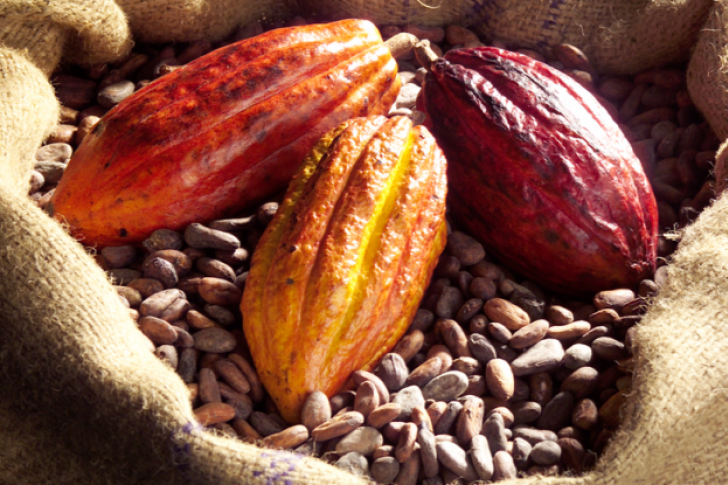
The cacao beans contain:
- 54% cocoa butter
- 11.5% proteins
- 9% cellulose
- 7.5% starch and pentosans
- 6% tannins
- 5% water
- 2.6% olioelements and salts
- 2% organic acids and essences
- 1.2% theobromine
- 1% sugars
- 0.2% caffeine
A little stories ...
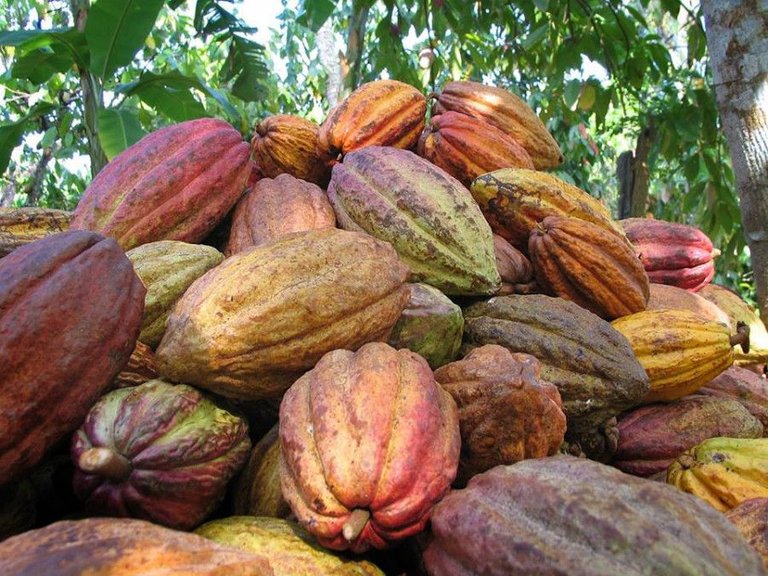
Although, the first cacao trees grew naturally in the shade of the rainforests of the Amazon and Orinoco basins, 4,000 years ago, those who started cultivation in Central America were the inhabitants of Honduras around 1100 BC.
According to Mayan mythology, Kukulkan gave cacao to these after the creation of mankind. They celebrated an annual festival in April, to honor the cacao god, Ek Chuah, an event that included sacrifices of dogs and other animals with chocolate-painted marks; cocoa offerings; pens, incense and exchanges of gifts.
For their part, the Aztecs adapted the same legend as follows: The god Quetzalcoatl (represented by mortals as 'the feathered serpent') came down from heaven to transmit wisdom to men and brought them a gift: the cacao plant. Apparently, the other gods did not forgive him for making a divine food known and they avenged him by banishing him, he was expelled from his lands by the god Txktlpohk.
Cacao had an essential function in religious rites. The Mayans believed that the drink that was obtained by roasting and crushing the fruits would feed them after death. As well as, they celebrated religious rituals in different phases of the cultivation of cacao.
They had a sowing party in honor of their gods where they sacrificed a dog that had been painted a cacao-colored spot on their skin. Another common practice forced the planters to remain celibate for thirteen nights and upon reaching the fourteenth, they could lie with their wives and then proceed to plant the cacao.
As for the Aztecs, they knew that a cup of xocolatl eliminated fatigue and stimulated psychic and mental abilities. For them chocolate was a source of spiritual wisdom, bodily energy and sexual potency. It was highly prized as an aphrodisiac product and was one of the favorite drinks in bridal ceremonies.
